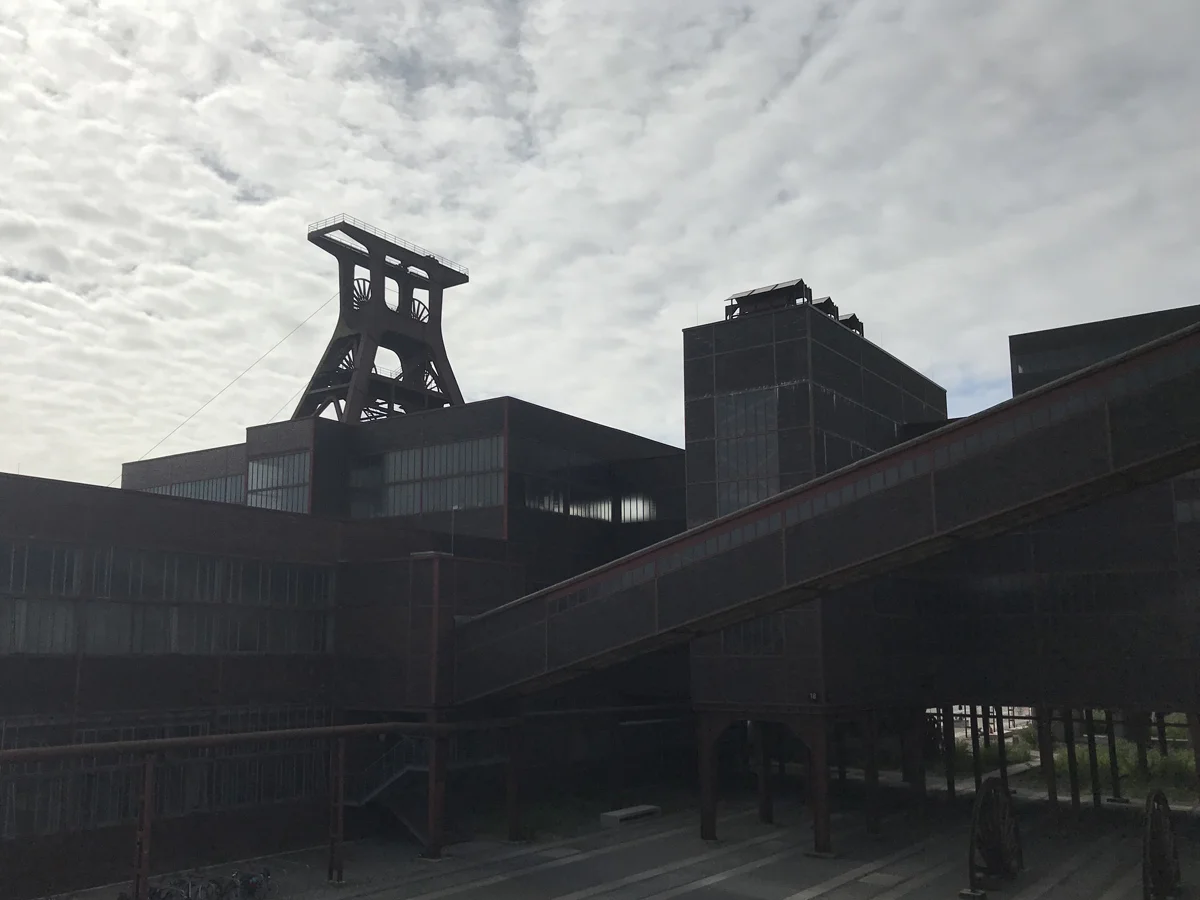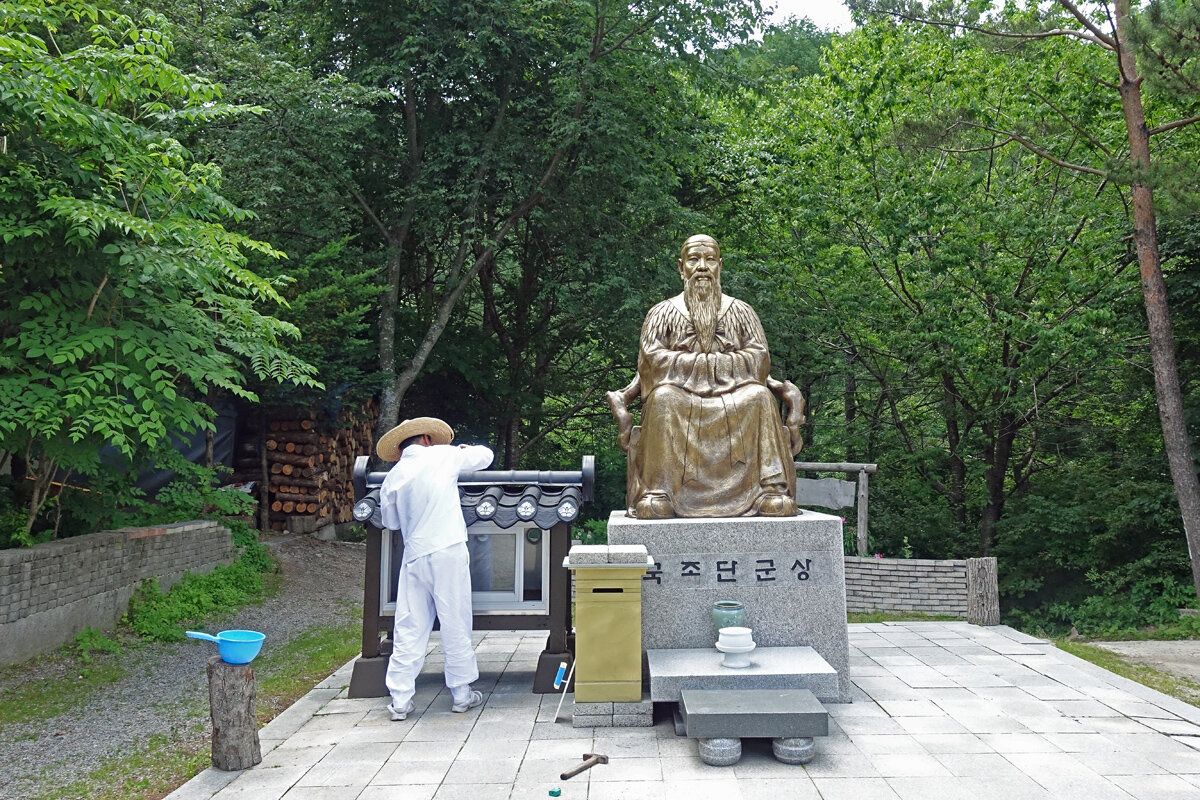Campo Imperatore
On the second day of my stay in Abruzzo I more or less stumbled upon Campo Imperatore. It was just a name on the map, but the location intrigued me: right above the middle of the 10 kilometer long Traforo del Gran Sasso I drove through to reach my destination. When I reached the mountain grassland my mouth fell open by the sheer beauty. I had not expected this.
In the distance you can see the mountains of Gran Sasso d'Italia towering over the grasslands with the highest peak being the Corno Grande (2912 m). The northern face holds Europe's southernmost glacier: Ghiacciaio del Calderone. In 2017 the glacier disappeared for the first time mid-August.
I spent a day cycling and a day hiking in Campo Imperatore and the mountains of Gran Sasso d'Italia
Campo Imperatore was also the backdrop of quite a few movies, like the Spaghetti Western Lo chiamavano Trinità... (1970) starring Bud Spencer and Terence Hill.
Red Sonja (1985), with Brigitte Nielsen and Arnold Schwarzenegger.
Gran Sasso d'Italia mountain massif
Polenta with meat stewed in red wine in Rifugio Duca degli Abruzzi (2.400 m.).































































































































































